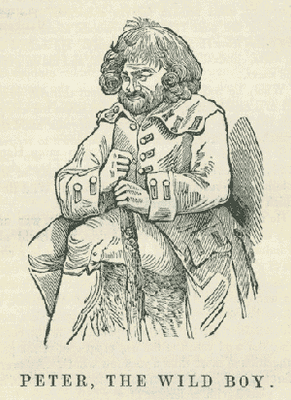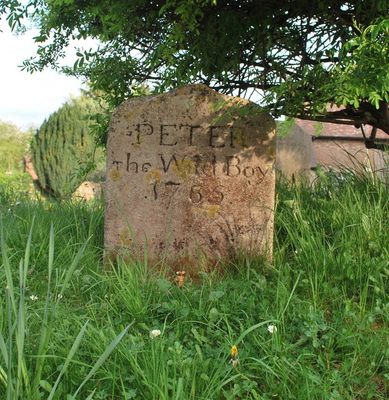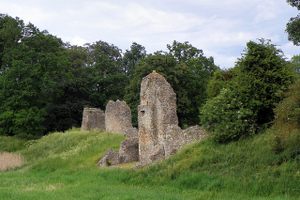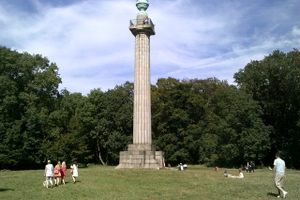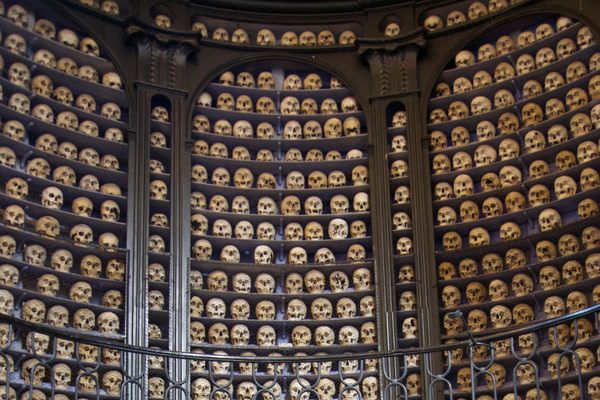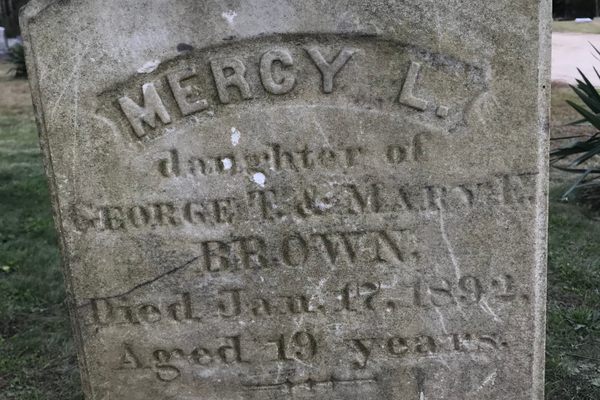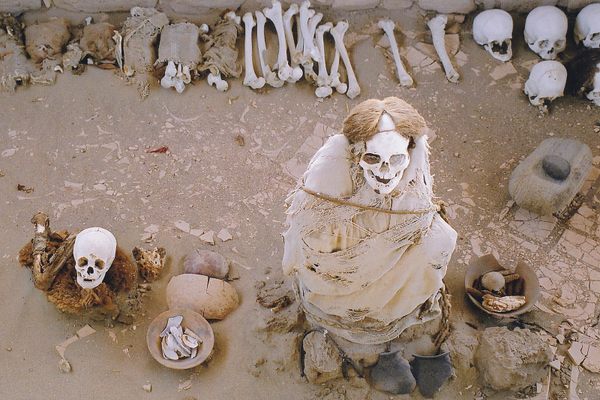About
In 1725, a young boy was discovered in the woods outside of the German town of Hamelin.
He was disheveled and dirty, spoke no words, and walked on all fours. He appeared to be in his early teens, and became known as Peter, the Wild Boy of Hanover, the first documented feral child and, later, the pet of the British Royal family.
Peter immediately caught the attention of King George I, himself of Hanoverian stock. King George had the boy brought to his court and cared for. He was then brought to England where his strange appearance and erratic behavior caused a sensation. The fervor inspired satires by Jonathan Swift ("It Cannot Rain But It Pours; or, London Strewed with Rarities" and the wonderfully named "The Most Wonderful Wonder that ever appeared to the Wonder of the British Nation") and Daniel Defoe ("Mere Nature Delineated"). His portrait was painted in Kensington Palace, and Carl Linneaus created a new category of human in his Systema Naturae just for him called "Juvenis Hanoveranus."
Peter became the ward of Princess Caroline, who looked after his education. Despite all efforts, Peter never learned to speak, only ever able to repeat back a few words, although people who met him reported that he seemed to understand what was being said to him.
At the time, Peter's presence in England brought up questions of nature versus nurture, and the delicate line between humans and wild animals. More modern studies of the case theorize that rather than being feral, Peter had probably been abandoned and was severely mentally disabled.
After George's death in 1727, Peter was sent to live on a farm in Hertfordshire, his care paid for by Queen Caroline. Because of his propensity to wander and get into trouble, he was fitted with a leather collar inscribed with the words "Peter, the Wild Man of Hanover. Whoever will bring him to Mr Fenn at Berkhamsted, Hertfordshire, shall be paid for their trouble."
Peter died on February 22, 1785, at about age 72. He is buried in the cemetery at St. Mary's Church, his tombstone located directly outside the main door. Inside the church, on the south wall of the nave, there is a brass tablet with a short biography of Peter. In London, the portrait of Peter can still be seen on the east wall of the King's Stairwell in Kensington Palace. His collar is kept in the collection of the Berkhamsted Collegiate School.
Related Tags
Know Before You Go
Contact the church if you want to visit inside, as it is no longer routinely open.
Published
November 2, 2010
Sources
- Roger Moorhouse: Peter the Wild Boy: http://www.rogermoorhouse.com/article4.html
- Feral Children: Living With Beasts (September 2009): http://cogitz.com/2009/09/03/feral-children-living-with-beasts/
- Georgian London: Peter the Wild Boy of Hanover: http://www.georgianlondon.com/he-frightened-me-peter-the-wild-boy-of-hanove
- Wikipedia: Peter the Wild Boy: http://en.wikipedia.org/wiki/Peter_the_Wild_Boy

